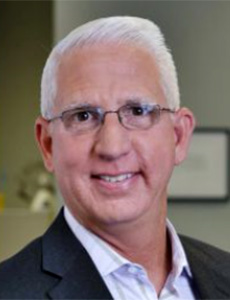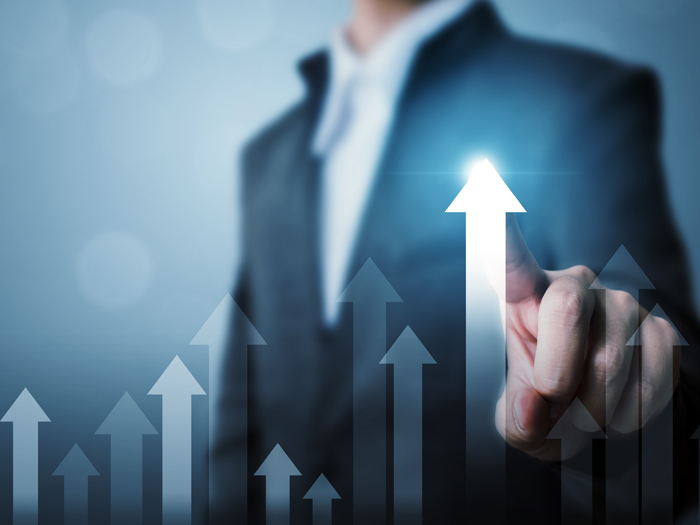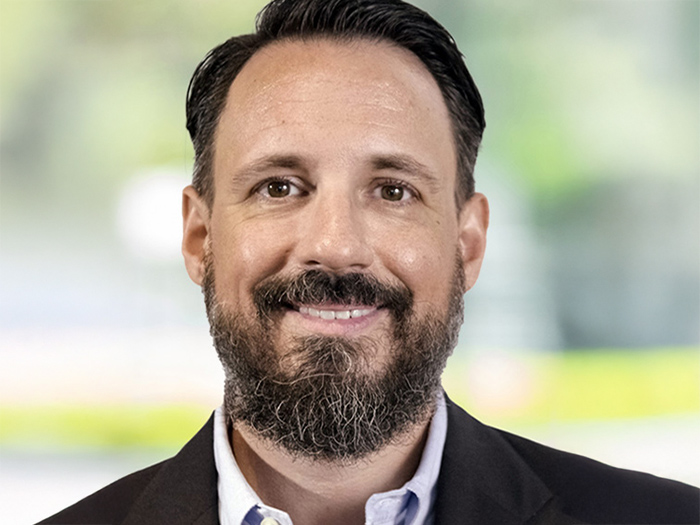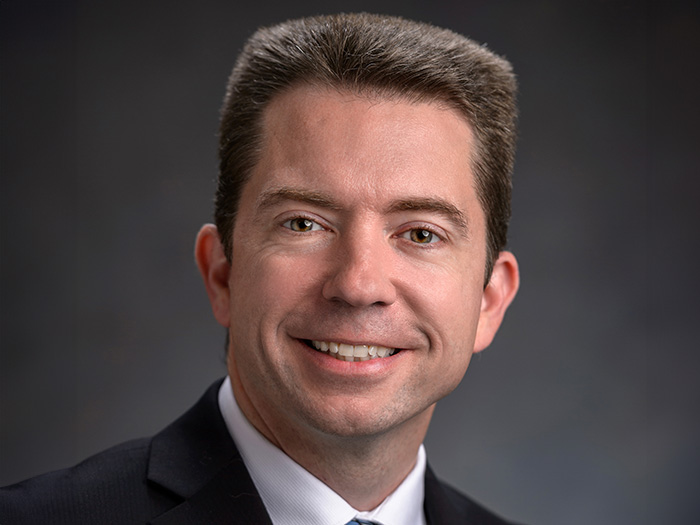There’s an App for That: How Smartphones Are Addressing the Workplace Mental Health Crisis
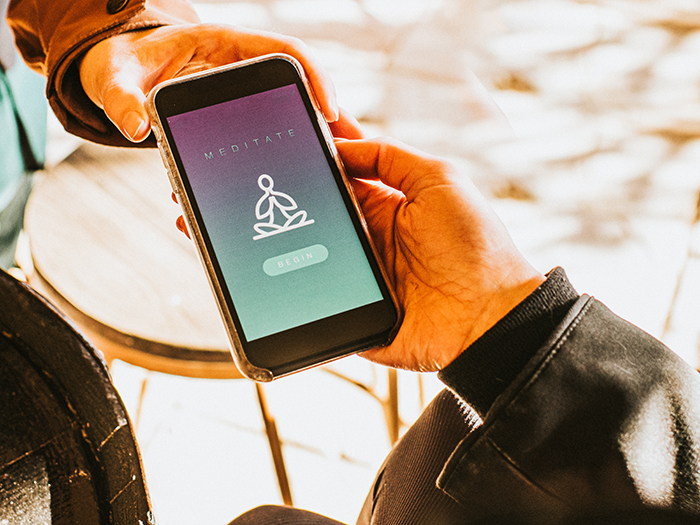
As we all collectively near the two-year mark of living in a COVID-19 reality, it’s become clear that mental health has finally been given its rightful spotlight. Unfortunately, this is due to the increased confirmations of mental health disorders across companies and businesses alike.
While the rising number of employees with mental health ailments can be alarming, there are several solutions for employers to utilize for those impacted, which include EAP programs, mental telehealth capabilities and so on.
Now, apps have come into the picture as a tool to combat the mental health crisis.
COVID-19 and Mental Health
Before apps became a potential source of relief for those suffering from mental health disorders, the pandemic created an environment in which anxiety, depression and other conditions could thrive.
This global event changed the way in which mental health is viewed and certainly how employers respond to their own employees. For one, employers are simply recognizing that mental health ailments are present in their workplaces.
“[There is] better awareness, acceptance and acknowledgement [of mental health] in the workplace overall,” said David Vittoria, senior vice president of clinical business and product development for Carisk.
“[Employers are realizing] that the well-being of their employees doesn’t just affect things like time off or sick time, but it affects [their] productivity and profits.”
What has stemmed from this heightened awareness is a level of flexibility for employees to reach out for help when needed, especially now as these mental health resources vary in how they can be utilized.
Embracing Apps as a Mental Health Tool
Prior to the pandemic, humans were already consumed with technology and social media in both recreational and professional ways. For years, technology has enabled us to obtain driving directions, remain connected with loved ones and look up any fact we desired.
Now, it’s being used to aide in the mental health crisis.
There are several apps available for download that promote mindfulness and meditative practices; many are familiar with apps like “Calm” and “Headspace” for these practices.
“Human resource groups and employee assistance departments have become more familiar with these apps, as millions of people have in the last year and a half,” Vittoria said.
Vittoria also mentioned the presence and acknowledgement of these apps has enabled a level of connectivity between employer and employee that may not have been curated before.
In fact, there have been instances in which employees have been providing their employers both the capabilities and benefits of these apps.
“There’s greater knowledge out there about [these] resources that are available to employees just by virtue of employees educating their employers,” Vittoria said.
Additionally, the use of apps enables those in need of support to receive care from clinicians in a timely manner, something that is crucial for those in a mental health crisis.
“It is critical those who need mental health assistance be connected virtually, with the best clinicians available for an immediate consultation,” said Dr. Ann Hawkins, founder, and chief innovation officer of the 24hr Virtual Clinic.
It proves difficult when a person is amid a mental health crisis and can’t talk to a clinician “for 24 hours to two weeks down the road,” as Hawkins noted. Apps or web-based utilization can look to rectify this issue.
Hawkins also discussed using a web-based solution from the 24hr Virtual Clinic, which helps those suffering from trauma, PTS, and PTSD. The program rewires the brain and reframes the experience from threatening to objective. The individual goes from being the 1st person, the person involved in the incident, to the 3rd person, observing the incident.
Being web-based, the program is available 24/7/365, from the comfort of an individual’s “safe-space” without requiring a clinician, which Hawkins noted is critical when experiencing a triggering incident or episode when counselors are not available.
Diving into the Benefits
Though the utilization of apps to serve as a response to mental health disorders does not equate to the benefits of psychotherapy discussions, there are still benefits to bridge the gap.
For one, Vittoria believes in the “utilization of technology’s complementary benefits to help improve the mental health and wellbeing for patients.” This has been incredibly evident as technology and smartphone apps have produced “really convenient ways of looking after our health, both mental and physical,” Vittoria said.
Benefits of these mental health apps include secure video and chat features, in this case for Carisk and the injured workers they work with.
With these benefits, those in need of mental health assistance can “connect directly to the help they need,” according to Vittoria. One app that has these capabilities is Talkspace, where users can connect with a therapist in a time matter. Additionally, conversations via the app are HIPAA protected for users.
“The use of technology [should not be] a replacement for meaningful human connection and supporting each other through difficult times, but as a way to [resolve these issues] more efficiently and effectively,” he said.
This benefit is extremely important, as it takes the issue of lack of access out of the equation for many people. Vittoria said that a lack of access is what can cause people to not seek the help they need.
“Usually, the people who need [mental health support] the most are experiencing adverse situations, such as food, housing, financial and/or transportation insecurity. .”
The existence of apps like Talkspace removes hurdles for those who can’t easily seek out mental health support.
Other apps can include the use of wearable devices in which users can receive both mental health assessments and screening data. The data comes from a wearable device that tracks measurements of the user’s anxiety or depression.
Another benefit of mental health apps is in their abilities to cater specifically to each user, no matter what they may be suffering from.
“[These apps] can tailor [solutions] to the condition, activities, exercises and desires of those patients,” Vittoria said.
“That’s good example of how technology has afforded patients: the opportunity to connect with the resources, coaching, guidance and support they need to become happier, healthier, and more productive.”
The benefits of smartphone apps to combat the mental health crisis are real, but where is the practice heading?
Vittoria believes relying on apps to receive some degree of mental health assistance is “going to explode in the next two to five years.” This reigns especially true as more apps designed to treat mental health become approved by the FDA. &

